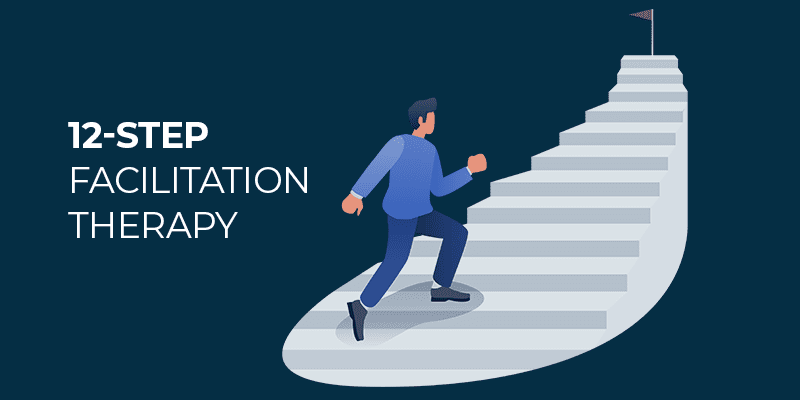But how do you know if 12-Step Therapy is right for you? And how is it different from traditional rehab? Keep reading to learn more. If you’re interested in getting help right now, contact our team at 888-960-5121. United Recovery Project is here to help guide you toward lasting recovery.
What is 12-Step Facilitation Therapy?
Our 12-Step Facilitation Therapy (TSF) in Florida helps clients engage in a structured recovery program that has proven success.
Instead of merely attending meetings, participants are encouraged to embody the three key principles of TSF, including:
- Acceptance: TSF helps clients see addiction as a chronic disease, not a moral failing. This shift removes the illusion of controlled use and lays the foundation for lasting recovery. Clients learn that substance use has changed their brain and life, requiring lifelong management.
- Surrender: After acceptance, TSF helps you understand that willpower alone isn’t enough to achieve a sustainable recovery. In other words, this is about acknowledging the need for help and support and embracing a community that offers that.
- Active Involvement: The final step helps clients actively engage in AA (Alcoholics Anonymous), NA (Narcotics Anonymous), or similar groups. TSF provides tools to build connections, share openly, and work through the steps, creating a strong foundation for lasting recovery.
How 12-Step Therapy Supports Recovery
12-Step Therapy supports recovery in multiple ways. First up, it encourages accountability and self-reflection. You’ll learn to identify patterns that may have fueled your addiction in the past and develop practical strategies to address them.
One of the biggest ways, however, that this type of therapy helps guide recovery is through a supportive peer environment and community. These relationships provide something professional therapy can’t – shared and relatable experiences and connections. These connections provide guidance, emotional support, accountability, and hope in moments when you may need it the most.
Additionally, TSF therapy for drug and alcohol addiction helps prevent relapse by reinforcing daily recovery actions, such as through volunteer work, sponsors, healthy coping strategies, and more. This type of reinforcement can also help you identify and address early warning signs of relapse, helping you recommit to your recovery even when things get hard.




